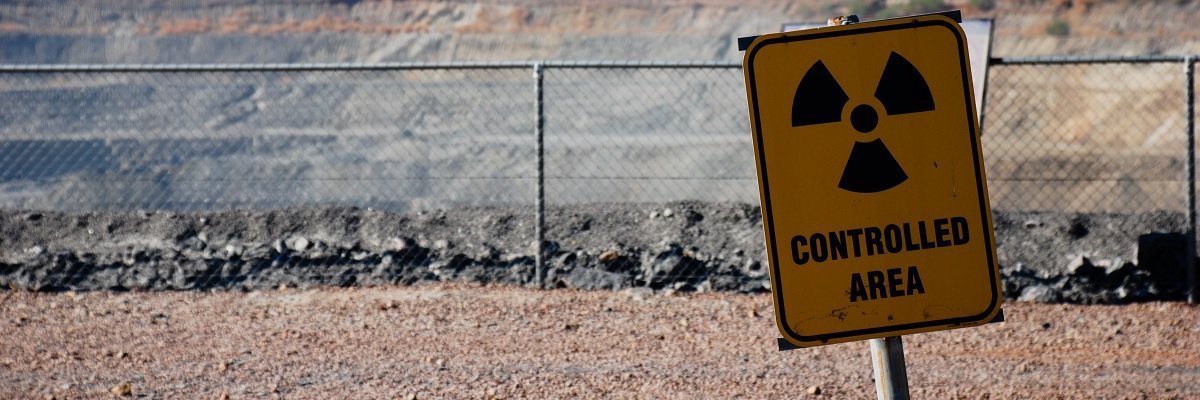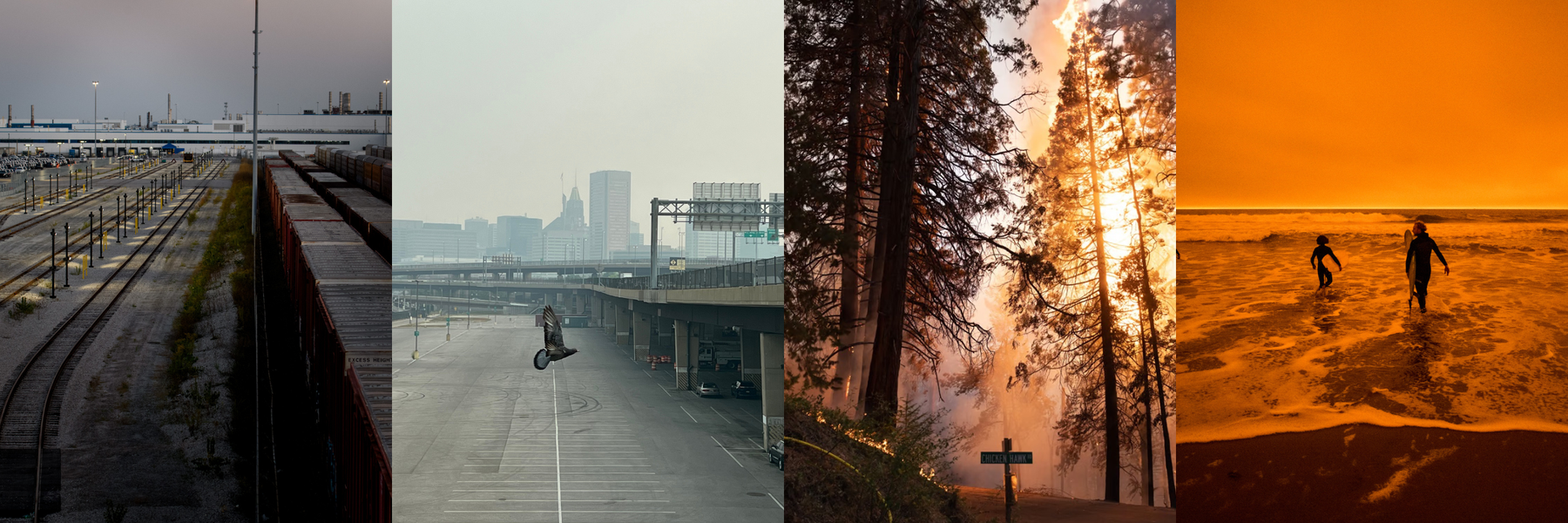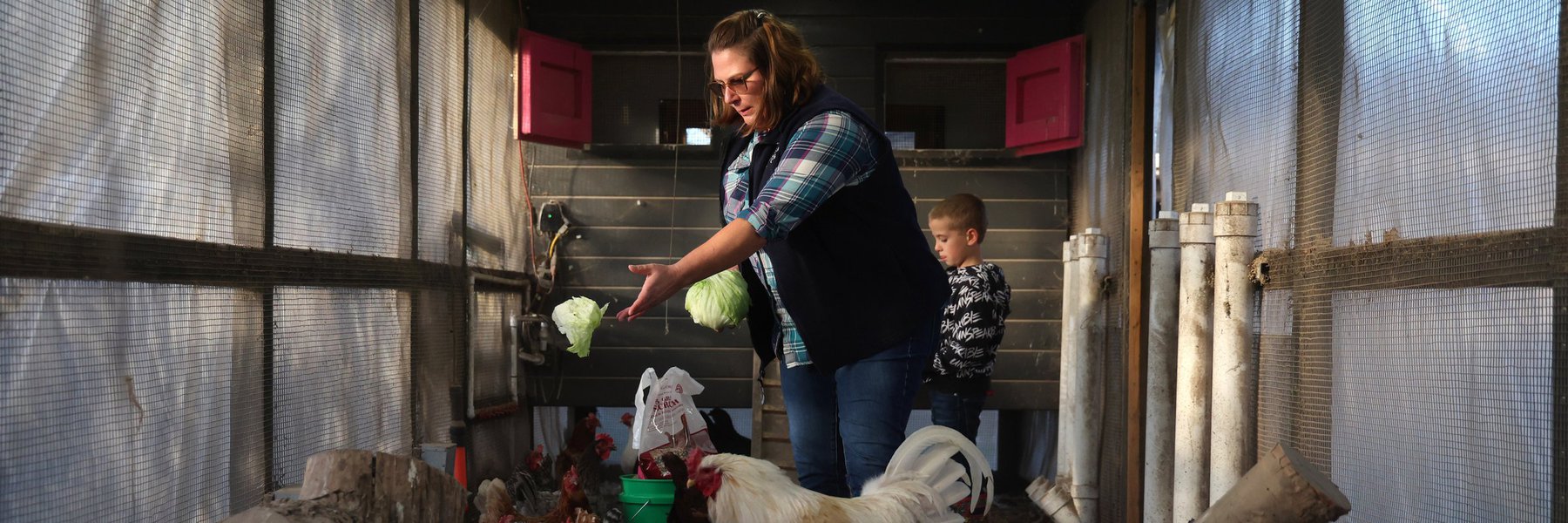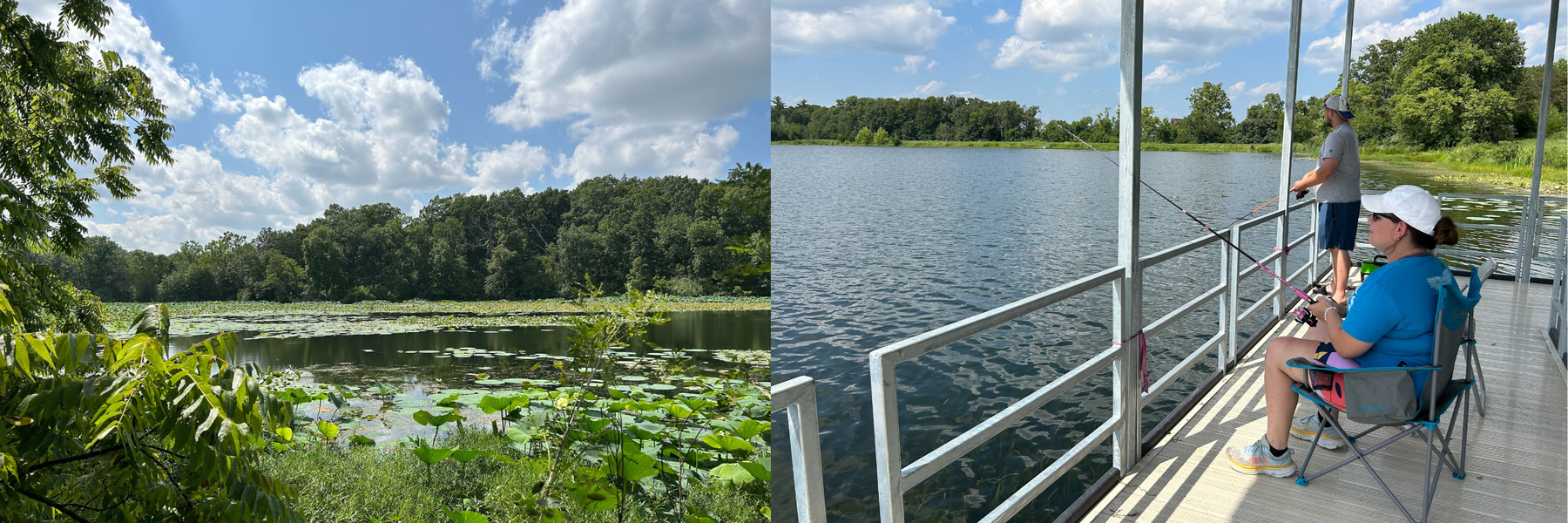In November of 2012, the Office of Vice President Joe Biden received a letter from a constituent in New Mexico. It began with congratulations for his recent election win, and then succinctly turned to business: there was a uranium mine near to the Grand Canyon and the Havasupai tribe, and its activity could very well damage the water and the landmark.
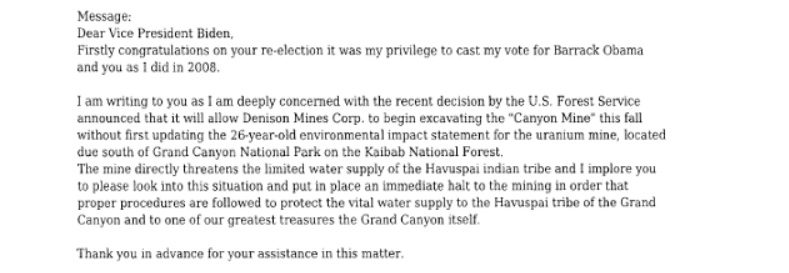
In turn, the next month, the Environmental Protection Agency received a letter from the OVP. It asked that the agency respond to the woman from New Mexico, because this issue seemingly fell under their jurisdiction.

As America saw with the crisis in Flint, Michigan, the responsibility of maintaining a clean and safe environment is divided among many agencies at multiple levels of government. For many, our minds naturally go to the Environmental Protection Agency; with a name like that, is a natural suspect as the primary arbiter of what is good and bad for the earth and the actions we take against it. Even our second-in-command assumed as much.
But with such responsibility broken into bits, who takes the coordination lead can be unclear, and it’s often not the EPA. When we first heard about the lead in Flint’s water, for example, a call to their FOIA office included the clarification that the materials available might be limited; tests may have been once conducted, but oversight since then would be handled by the state.
Similarly in the case of the Canyon Mine, which is run by Denison Mines (previously Energy Fuels Nuclear), and is located in the Kaibab National Forest (which is run by the U.S. Forest Service), the EPA actually has very little to do with ensuring the protection of this environment, even though the Secretary of the Department of the Interior placed a temporary ban on uranium mines in the area by the Secretary of the Interior in an effort to prepare appropriate considerations for the environmental implications they may have.
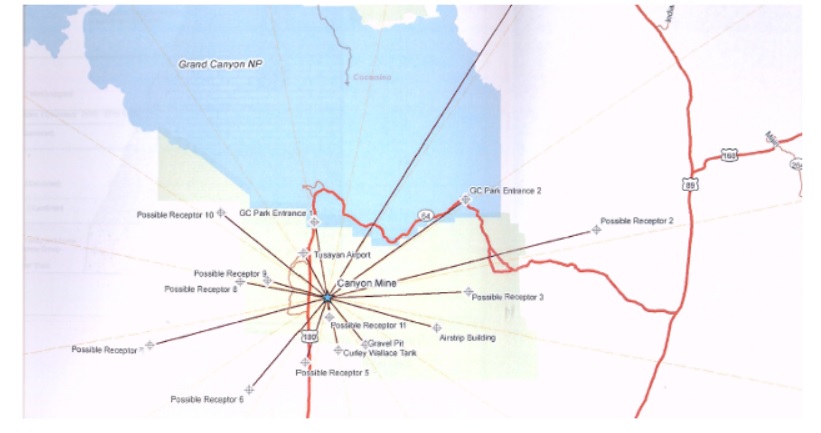
In addition to the impact on arguably America’s most iconic landmark, the Grand Canyon, which is overseen by the U.S National Parks Service, critics are concerned that the effects of the mining could pollute water supplies for hundreds of miles.
Materials recently released by the EPA capture a series of snapshots in email from 2009 through the summer of 2015, when the mine had to pass muster under the National Emission Standards for Hazardous Air Pollutants. (It did.)

As the materials express on a number of occasions, the extent of the EPA’s involvement is related to the radon emissions.
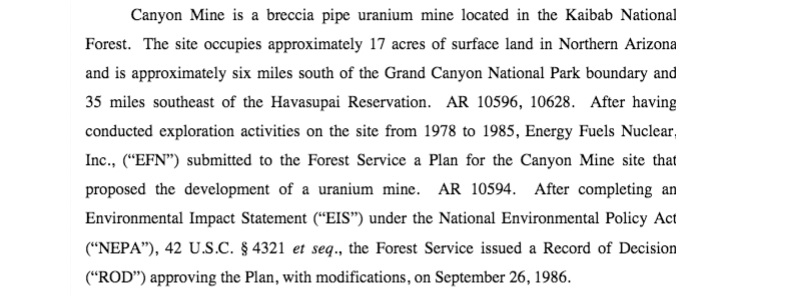
The fact that the mine was seemingly “grandfathered” into existence after a moratorium had been passed on uranium mining in the area does not affect their oversight reach.

In fact, the primary arbiter in that case seems to be the state government.
The matter, then, primarily falls to the Arizona Department of Environmental Quality. At the federal and the state levels, EISs are often left open for a period to public comment and question, and included in the EPA release are responses to the ADEQ’s comment period.

They provide some insight into the limitations that are posed by the current environmental checks. The ADEQ itself admits that the air dispersal model that is used is not entirely adequate.

It also brings up points about how the public is alerted to environmental concerns - namely that the only way that they can find out is to ask.
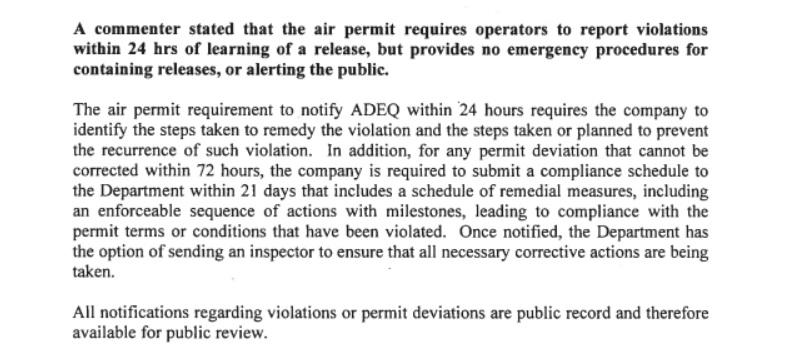
Local Native American tribes and environmental groups opposed the reopening of the mine, and sued the U.S. Forest Service for failing to consult them in the approval of the mine’s development. The case was lost last year.
In all, the Bureau of Land Management, the U.S. Forest Service, the EPA, the U.S National Park Service, and the Arizona Department of Environmental Quality all have a hand in monitoring the potential harm, though in all it doesn’t do much to assuage concerns that continued mining may have a detrimental effect on the environment around it.
This Earth Week, MuckRock wants you to shed some light on the projects concerning your environment by submitting your ideas for EIS materials. We’ll be making them publicly available, so that you and the future can get a better sense of the tangible steps the government is actually taking to prevent environmental ruin.
A link to download all the EPA’s documents regarding the mine can be found here.
Image via Wikimedia Commons and is licensed under CC BY-SA 2.0
